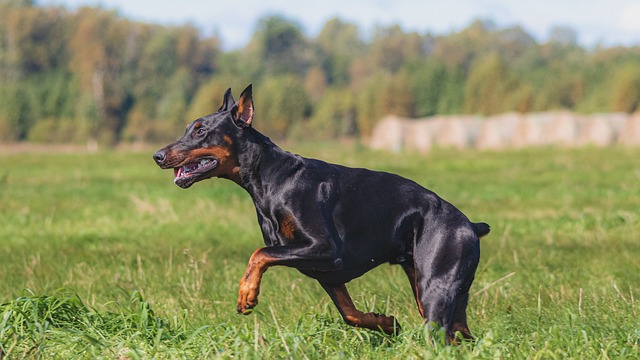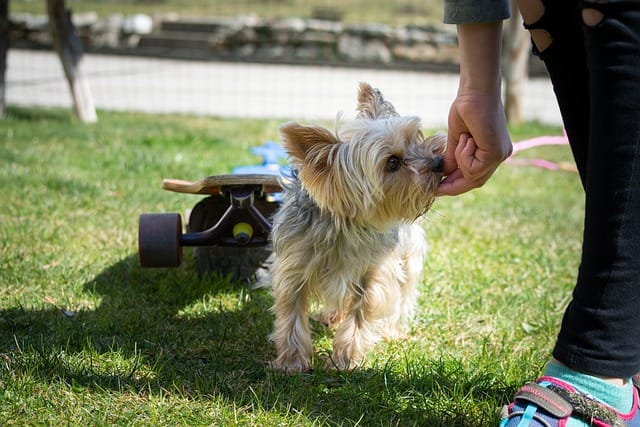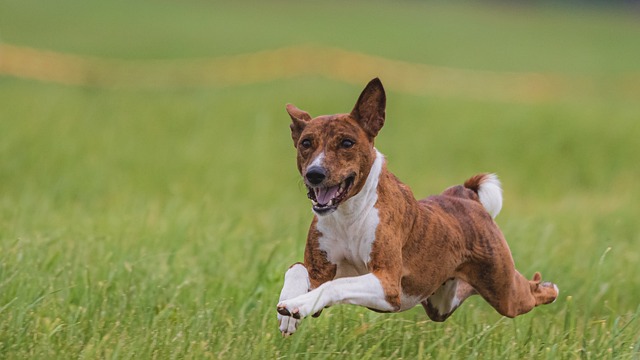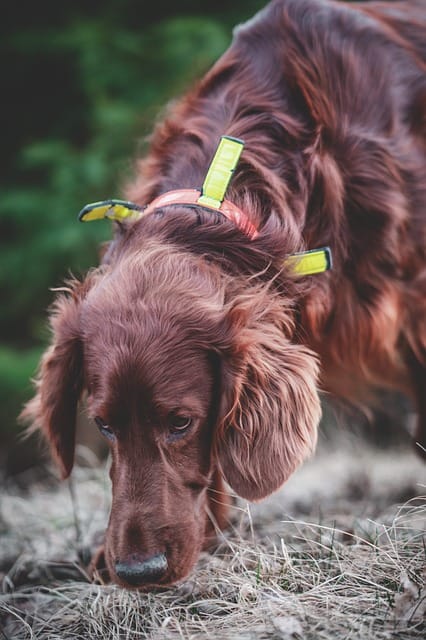A Few Key Tips To Help Train Your Dog
When you are just entering the process of canine training, any tips can be extremely useful. Below you will find several helpful hints for tackling common canine training problems.
When correcting your dog, be concise. Do not waste time ranting about how bad your dog is. Say no and let them know what you would rather have them do. Additionally, you can raise the tone of your voice for emphasis.
Here are a few ways to make crate training more positive for your dog. If they are hesitant about the crate, you can put a nice chew bone inside and shut the gate while they are not in it. As soon as they smell the tempting treat, they will want to get into the crate to enjoy it. After your dog goes into the crate, give positive reinforcement to increase the chance that he will go into the crate again.
You can show your dog how to do tricks, get some treats. Begin by getting the dog to lay down. Then, use the treat to draw his head from one side to the other. This will cause your dog to use their nose to follow the treat. As a result, your dog will roll over. When they roll over, yell “roll over.” Keep doing this until they do it just with the command. This may take time, so don’t become frustrated.
Ensure your dogs are active and getting a lot of exercises. Just like humans, dogs can become bored easily. When a dog’s mind begins to wander, the training process loses its effectiveness. Your dog will be more relaxed and willing to listen if he is exercised frequently. Make long walks or daily runs a part of your routine that you and your dog can look forward to.
Be cognitive of the duration of time you and your dog devote to training sessions. Spending too long on training exercises will start to bore the dog. Only spend 10 minutes during the first couple of sessions.
Never tie two or more dogs in close vicinity to one another. If chains get intertwined, the dogs can get hurt. If a large dog becomes tangled with a smaller one they could wrap up to the point the airway of the latter is closed off and the dog would die.
Dogs need an hour or more of exercise each day, aside from their potty breaks. This exercise will ensure that your dog is focused when it is training time. An exercised dog leads to having a responsive and happy dog.
As your dog progresses in training, you can provide more freedom. Rewarding them by showing them you trust them more will only encourage better behavior. Do not allow them freedom all at once, they might lose what they learned.
A first step to training a puppy is get him used to hearing his name. Simply start by calling his name as often as possible. Once he learns his name, you can encourage him to come to you when called. These are the preliminary words that your dog need to know. Spend plenty of quality time with them, so that they know that they can trust you. This will make him more receptive in receiving advanced training in the future.
Have a treat prepared for rewarding your dog when they follow a command properly. It is important for your pet to understand that you have certain expectations, what those expectations are, and that he will be rewarded for complying. This is the best way to ensure that the dog understands the difference between right and wrong.
Maintain your dog’s training throughout its lifetime. Training should not stop because he is not a puppy anymore. If you provide positive reinforcement for desirable behaviors, your dog will continue to be obedient, and when you provide your dog with consistent discipline, negative behaviors are less likely to occur.

When training your dog, remember to be patient. Patience is the best way to keep your dog from becoming confused and for you to remain calm. Don’t forget that dogs aim to please, however they often don’t understand what you want.
Stay as consistent as possible during your training regimen. When others are involved in the training, everyone should be on the same page and use the same commands. The dog will have an easier time learning if he has only one set of commands to learn and if he knows what response each behavior will receive.
Keep your sessions short to accommodate a short attention span. By spending too long on any single thing, your dog will likely become very bored and antsy. Early on, your training sessions should be limited to less than 10 minutes.
Keep training sessions short for best results. Sessions should be nor more than 15 minutes to avoid frustrating the dog, which is counterproductive. You should praise your pet for a job well done after training.
Primary reinforcement is critical to canine training. You need to give your dog a treat if they are good. You can use food or a nice belly rub as primary reinforcements. This lets your dog know how to earn something it wants.
What is your dog’s diet like? Some bad behavior could be attributed to an imbalanced diet. Change your dog’s food to something healthier, and they will have mid-level energy all day. Talk to your dog’s vet to make sure there aren’t any other issues.
To ensure that your dog maintains good behavior, you must continue his training throughout his life. Just because your dog isn’t a puppy, it doesn’t meant his learning stops. By reinforcing their behavior, you can ensure you dog will continue to obey. Also, by disciplining negative behaviors you can ensure your dog will be well behaved.
Consistency is very important when training your dog. The commands that you use should be used by others as well. Make a list, and make sure other people who deal with your dog know the commands. Reward your dog for following commands. Do not reward your dog if he doesn’t obey. If other people are not following your training program, it can make your dog confused, which will set back your dog’s training.
Expect mistakes and setbacks when housebreaking a puppy. Clean accidents up immediately to assist in your training efforts. The smell from a pet’s feces or urine can stay in the carpet. The puppy may return to that spot if it isn’t cleaned quickly. A pet shop in your area will carry products specifically for this problem.
Stop your puppy from chewing on something inappropriate immediately if you catch him in the act. This will help your puppy to learn what things he is allowed to chew and what he is not. He will then be less likely to chew on your belongings and instead will turn to his toys when he wants to chew.
Training your dog can be simple, effective and even fun, when you have the right advice on hand. Reading this article will help you become more adept at training your dog.
When teaching a dog to fetch, make sure to establish your role as the leader by having him/her bring the ball directly to you each time. If your dog drops the ball nearby and you walk to pick the ball up, your dog assumes he is the leader. Instructing the dog to bring the ball to you every time shows him that he must obey you as the leader.


